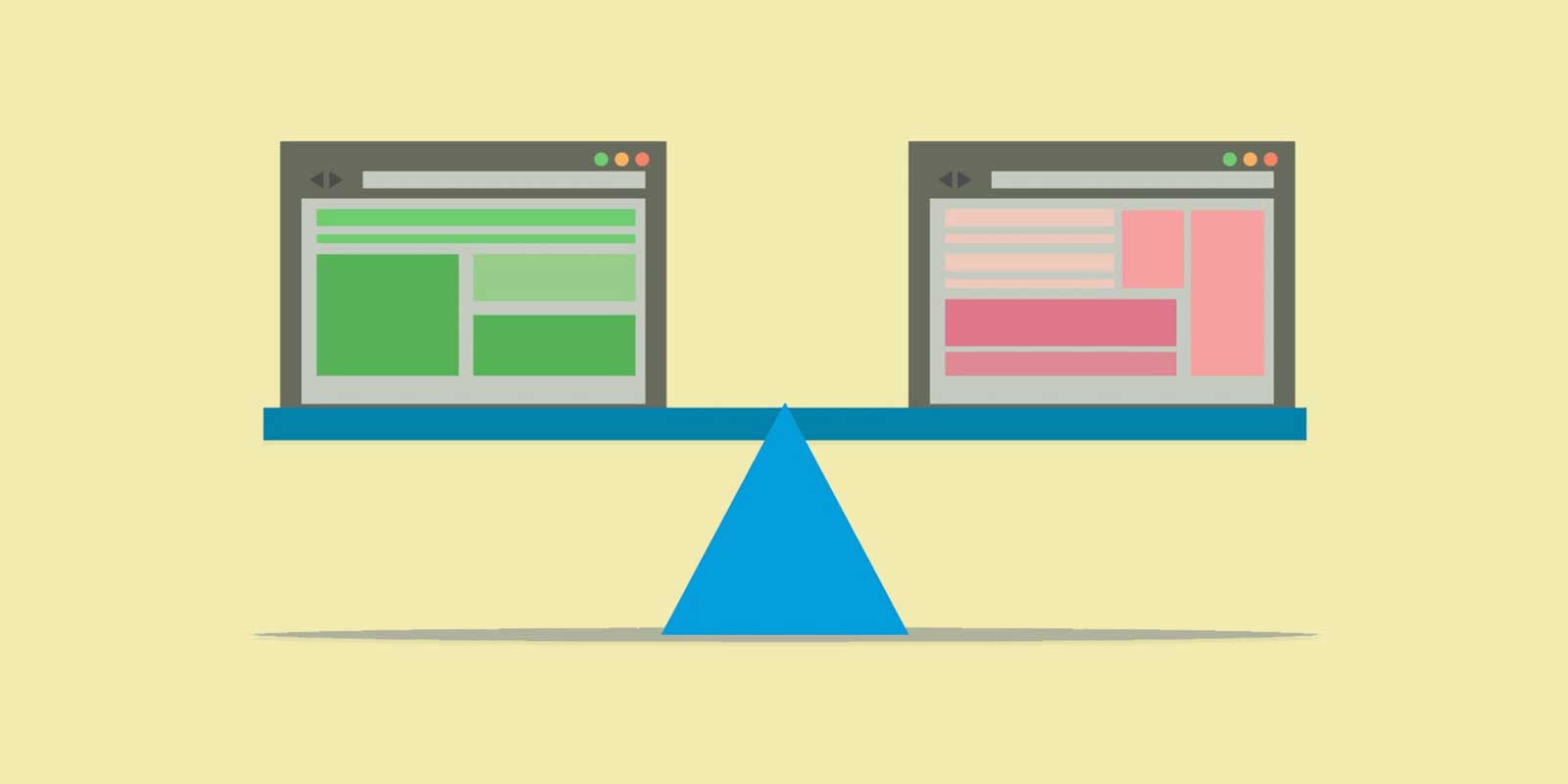In the world of digital marketing, knowing customers behavior and their tastes is important for business owners. Moreover, a successful User Experience (UX) in providing online products and services will guarantee more sales and thus, more revenue. There are various numbers of tools for Conversion Rate Optimization (CRO). A/B Testing is one of the simplest tools in CRO. A/B testing helps you to pick the best user experience for your website or application by comparing different versions. Furthermore, A/B testing helps you to examine your assumptions and find out which version of the content has more views or conversion. Additionally, A/B testing helps you to manage your website traffic. Furthermore, Return on Investment (ROI) will typically improve after A/B testing.
Before the A/B Test
1. Choose one variable to test.
When you optimize your web pages and emails, you might find a number of variables which has an impact on user behavior and hence, you want to test them. In order to evaluate how effective a change is on the user performance, you should test variables separately. There are various elements which can be considered as test variables such as titles, images, CTA design, links, content, comments section and page layout.
2. Specify your goals.
Before running the test, identify which metrics are important to you, what your goals are and how the changes might affect user behavior. For example, your goals can be clicking on a CTA button, increasing sales and even filling an application form. Additionally, there should be a metric for evaluating your goals.
3. Create a Control and a Challenger.
Control is an unaltered version of your web page or application. The Challenger version is the one that its information has altered. For example, to answer the question that how the placement of a Call to Action button on a landing page will affect your user behavior, pick your current landing page as the control version and then create another copy of landing page as a challenger version including a CTA with different design and position in comparison with the control version.
4. Determine the sample size if applicable.
The sample size in A/B testing depends on the A/B testing tool, as well as the type of the test you run. For example, if you are testing an email, you may want to send the test to a small group of your contacts. But if you are testing a web page that has so many audiences, you should let the test run long enough to reach a reasonable number of views, otherwise, the test result cannot be trustable.
5. Test only one variable in the same period of time.
Testing more than one variable in each A/B test, even with the different concept will complicate your result. For example, if you are testing a landing page and an email (which directs users to the same landing page) simultaneously, you cannot analyze website traffic accurately.
During the A/B Test
6. Use an appropriate A/B testing tool.
You can use tools like Google Optimize which links to Google Analytics tool.
7. Test both A and B versions simultaneously.
Test both A and B versions at the same time otherwise, the results cannot be valid due to the interference of the other elements.
8. To obtain useful data, give enough time to A/B test.
The time you want to devote to A/B testing can vary from days to weeks depending on the website traffic and type of your variables. Keep the test running up to get a substantial number of views otherwise, the results cannot be valid. Moreover, you should compare the result with your default sample size. Keep in mind that visitors should lead to each version accidentally.
After the A/B Test
9. Focus on your goal metric.
Focus on your primary goal and pick the version that its results are aligned with your metrics. For example, at the end of the test, one version might have more clicks, however, your main goal was to increase the sales.
10. Analyze the test results.
Measure the test results with specified A/B testing tools. Furthermore, tools like Google Analytics can show you the difference in users performance in each version. Afterward, choose one as the original version based on the results and complete the test.
11. Plan your next A/B test variable.
A/B testing is one of the most effective ways for Conversion Rate Optimization (CRO). There are various elements in the website to be optimized which should not be neglected. For example, if you tested the CTA color in the first step, you can change the position of the CTA in the next step and then run the test again.
In conclusion, it is important for marketers to know what will make people to click on their web pages and convert to leads. Macan digital marketing agency with providing professional services in Dubai helps you to plan a desirable A/B testing.
Post a Comment




